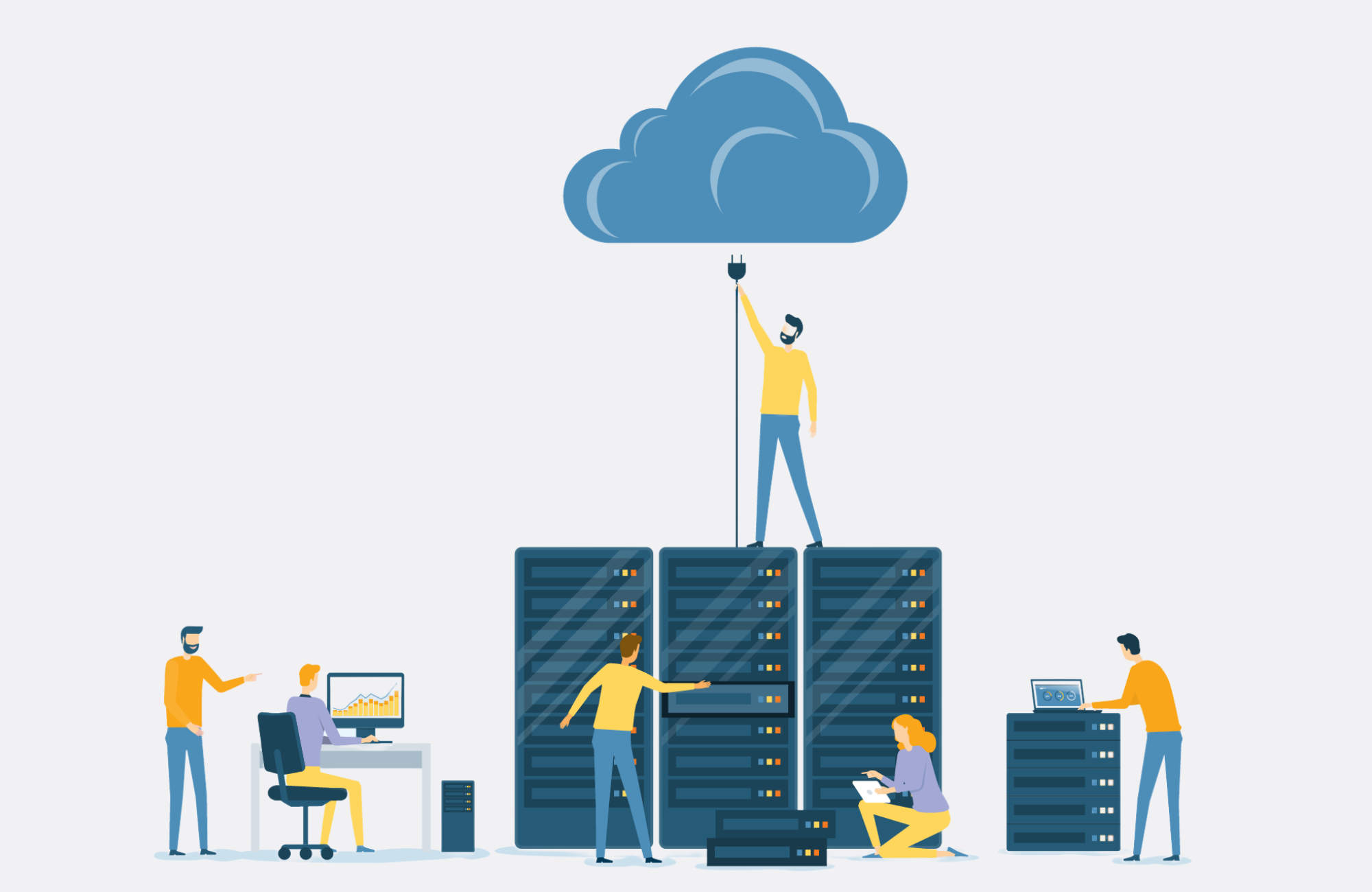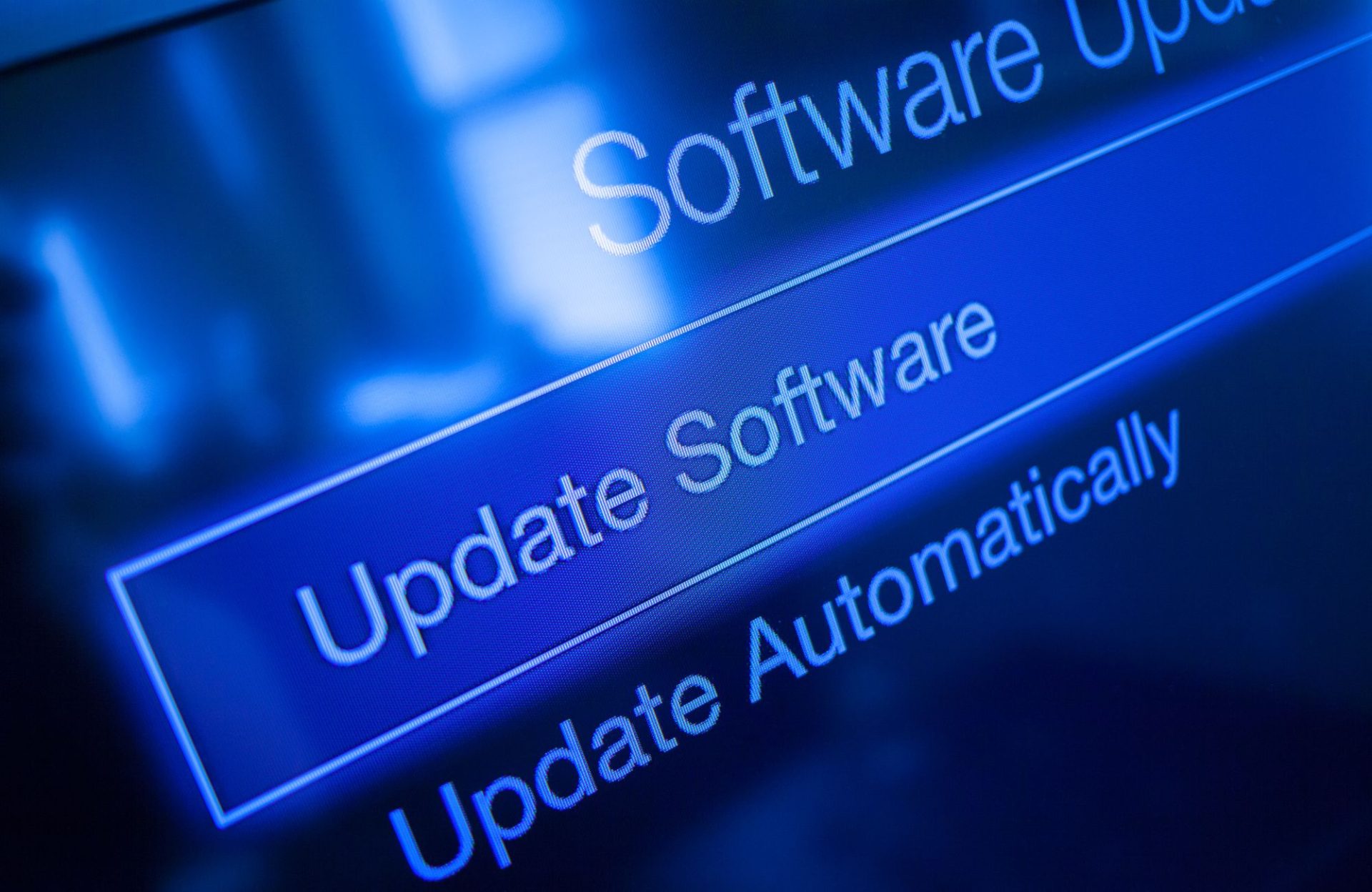Energy consumers require and expect a resilient and reliable power supply. The existing power grid had been in place for the last hundred years and is reliable. The convoluted infrastructure hasn’t changed much. Climate change initiatives are increasing the pressure on energy generation to move away from carbon-based fuels, though and this requires substantial change. In the past ten years, an increase in integration of renewable energy sources has occurred with renewables flowing back into the grid from private and public systems. This is a trend in the right direction, but the transition to green energy and a smart grid is challenging.
Hybrid Considerations
The current infrastructure of the energy grid will need to be reimagined to meet the complex blend of energy generation sources. Utilities are investing in energy efficiency programs, energy storage and renewables. Coal based generation has significantly decreased due to the availability and lower price of natural gas, which is better for the environment. Utilities have also embraced efficient operational and business management, making control of expenditures nimbler as needs fluctuate. More will need to be done to stabilize aging supply lines to withstand weather and increased capacity.
The variability of wind and PV will require large storage systems. Technology is developing for battery, hydrogen, flow battery, kinetic, and ultracapacitor energy storage. Until the ROI on storage improves, this will limit the expansion of renewable integration into the grid.
Incorporating advanced controls and data collection capabilities will allow plants to evaluate trends and forecast more accurately. Operators can use data to economize. Smart technology can allow hybrid plants to perform self-black starts, power system black starts, operate in islanded mode and plan restoration.
Another consideration is that hybrid plants are scalable. They can range from small microgrids to large, interconnected power systems.
Energy Demands
The way energy is being consumed is changing as smart technology and reliance on the web increases. It is generally estimated that energy demand will quadruple in the next decade due to electric vehicles (EV), microgrids, data centers and the push toward electrification. Dependency on energy for business, home and education requires the grid to be stable no matter what its fuel source is.
Virtualization
Bringing smart technology that has been successful in other markets to the utility and energy supply market has great potential to stabilize and improve the grid. Cybersecurity has developed for the industry can integrate into power management offering dependable security. Since new technology is emerging every day, virtual system managers, who already have the ability to revise and adapt quickly, can adapt these skills for energy supply resiliency. This flexibility adds to the stability and efficiency of power plants. It also allows scalability and regional adaptability.
Research and Innovation
The U.S. Department of Energy is supporting the FlexPower project. The U.S. Department of Energy Grid Modernization Laboratory Consortium is bringing together researchers from the National Renewable Energy Laboratory (NREL), the Idaho National Laboratory (INL) and the Sandia National Laboratories (Sandia).
The project is focusing on researching utility-scale variable wind and PV resources and how hybridization can smooth the transition to clean energy. Researchers will be testing energy storage systems, exploring advanced control strategies and resource forecast techniques, as well as the economies of scale that can result from sharing infrastructure. The labs will also delve into how hybrid plants can provide newly available grid reliability services to demonstrate the value of the hybrid model.
The results of the FlexPower research, including controller architecture, control codes for industrial control platforms, hybridization-potential assessment maps and databases, impact study results, and other reports and materials, will be freely available to the public. Demonstrations, opportunities for testing controls and hardware and education will be available for interested stakeholders to further support hybridization.
The Future
The future of the energy industry is here. The transformation of the power grid will accelerate in response to climate legislation and the requirements of increased demand. Stakeholders, legislators, innovators, and the private sector will participate in moving this transformation forward.
In a 2013 article in Argonne Now, a laboratory science magazine, Mark C. Petri, a grid specialist, stated “The day is not too far off when we have a more responsive, adaptable, and secure network that easily incorporates new energy resources and technologies.” Eight years later, that day is nearly here.
Energy expenditure is one of a business entity’s largest expenditures and preparing for the change in the energy market and compliance requirements should be a top priority as strategy and planning is developed for 2022. If you have more questions about how grid hybridization affects your operation and effective strategies to position your firm to take advantage of this transition, get in touch with Albireo Energy.






